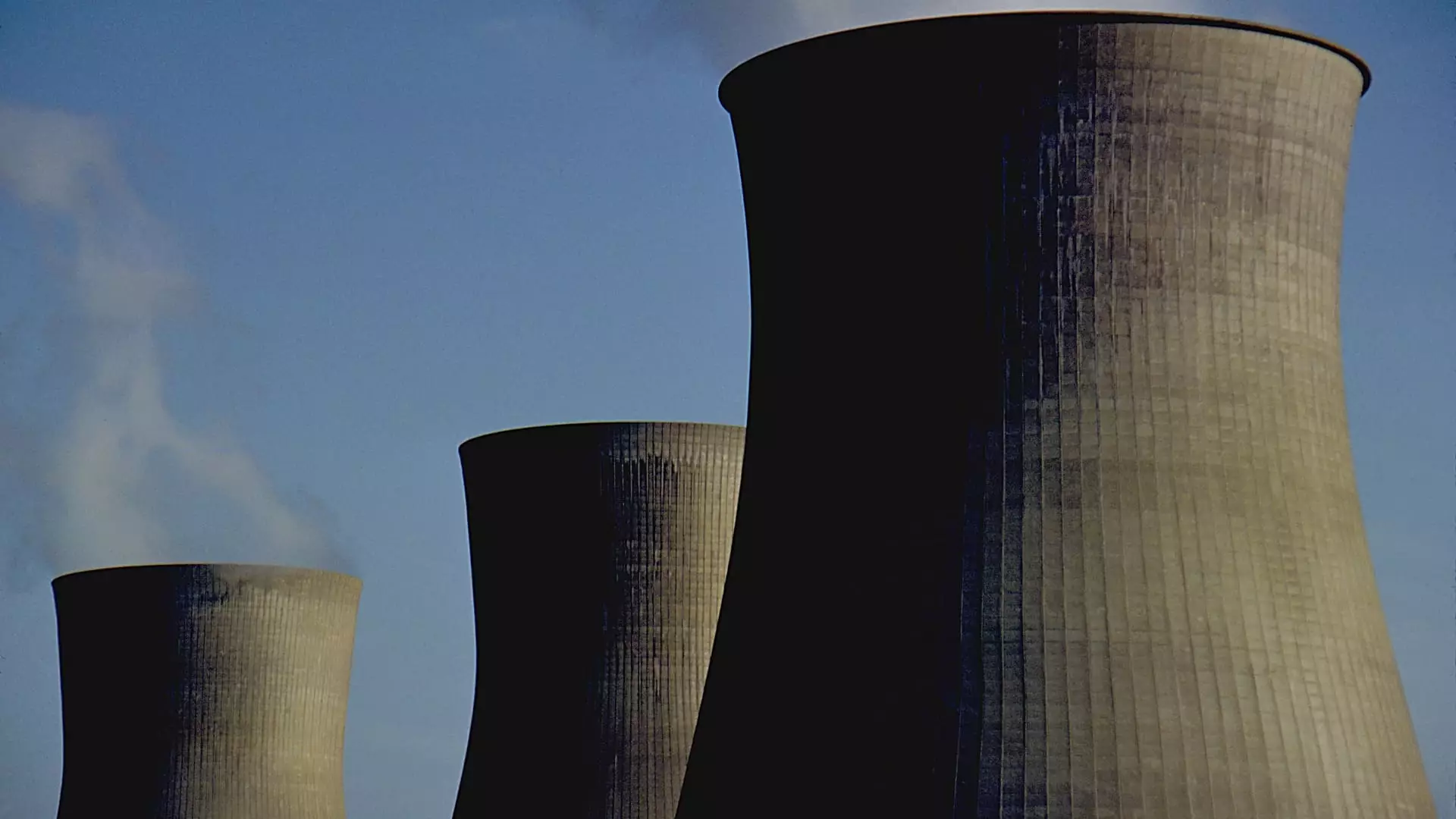As the digital age continues to evolve, the world faces an impending energy crisis driven primarily by the escalating demands of artificial intelligence (AI) and cloud computing data centers. According to projections by the U.S. Department of Energy, global electricity consumption could soar by as much as 75% by the year 2050, a stark indicator of our growing energy reliance. The burgeoning abilities of AI technologies necessitate vast computational resources, leading to data centers that threaten to consume electricity levels comparable to those of entire cities. This burgeoning demand brings to light a critical clash between the pursuit of technological advancement and the imperative of sustainability initiatives that many leaders in this industrial domain advocate.
Mark Nelson from Radiant Energy Group articulates a sobering reality concerning the energy needs of these data centers. He highlights that a new facility requiring energy equivalent to Chicago cannot simply expand indefinitely; a deeper understanding of power requirements is essential. Data centers demand a consistent, reliable power source—often running at maximum capacity around the clock. The reality of such unwavering demands raises questions about the infrastructure of power sourcing and whether current energy grids can accommodate these titanic needs without incurring significant environmental costs.
Amid these challenges, a notable shift has emerged among major tech giants. After years of investment focused primarily on renewable energy sources, companies like Google, Amazon, Microsoft, and Meta are now exploring nuclear power. This pivot is largely attributed to the necessity for a stable and robust energy supply to meet the relentless requirements of AI operations and data management. Michael Terrell of Google accentuates nuclear energy’s advantages, noting its zero-carbon footprint, ability to provide continuous energy, and significant economic potential. This represents a crucial aspect of the conversation surrounding future energy solutions and highlights an industry-wide adaptation strategy toward nuclear energy.
Historically, nuclear energy has faced immense skepticism, fueled by past incidents and a plethora of misinformation that exacerbated public concerns. In recent years, however, the narrative surrounding nuclear power has begun to change. Experts are starting to label this resurgence in nuclear investment—and subsequent innovations—as a “nuclear revival.” This shift in perception may outline pathways for a sustainable energy transformation not only in the U.S. but also globally. The implications of such a renaissance in nuclear power could extend beyond merely meeting energy demands; it may pave the way for breakthroughs in sustainable technology domains, establishing a new paradigm in energy thinking.
As we look toward the future, the intersection of technology and energy will be critical. The advancements in AI and cloud computing continue to influence energy consumption patterns significantly. Embracing nuclear power as part of a comprehensive energy strategy presents a viable solution to these escalating demands, potentially ushering in an era of sustainability and energy efficiency. As the industry navigates these complexities, an integrated approach that balances innovation, energy requirements, and environmental responsibility will be pivotal in defining the landscapes of tomorrow’s digital economy.


Leave a Reply